
I’m sure we all want our fur-kids to get some fresh air, exercise, and a chance to stop and smell the flowers. Exploring new things to do, such as spending time in the garden, can provide much needed stimulation and fun to your animal companions’ daily activities.So, whether you have a sprawling garden, a tidy little front yard with potted plants, or a roof deck garden, it’s important to tick a few things off this list before letting them play.

DO SOMEES CAPE-PROOFING
Double check if the area you’re turning into a cat or dog playground is not something they would want to run away from. Car engines, electricity generators, and other sources of loud sounds may spook them and they could try to escape your home.Avoid walls that are too low, hedges with gaps, and gates that can be snuck out of, as suggested by Catrin George in a 2020 article for the website Animal Friends. Remember that your dogs can squeeze into spaces smaller than you think and that cats can usually jump walls and scale trees higher than you would expect. It pays to be a little extra careful.

CREATE COOL AND COVERED SPOTS
Living in a tropical country means spending time outdoors can get hot and toasty. Make sure there are areas that provide cool cover during especially warm days, and shade when it rains. You can add potted plants or lush native trees for your fur-kid to take a nap under in the middle of playtime.
Native trees like the Malibago (Hibiscus tiliaceus), Tagpo (Ardisia elliptica), and Mali-mali (Leea guinensis) are sure to make lovely additions to your garden. The flowers of these trees are the favorites of local pollinators, like bees, butterflies, and wasps, and the fruits of some are great snacks for your backyard birds.
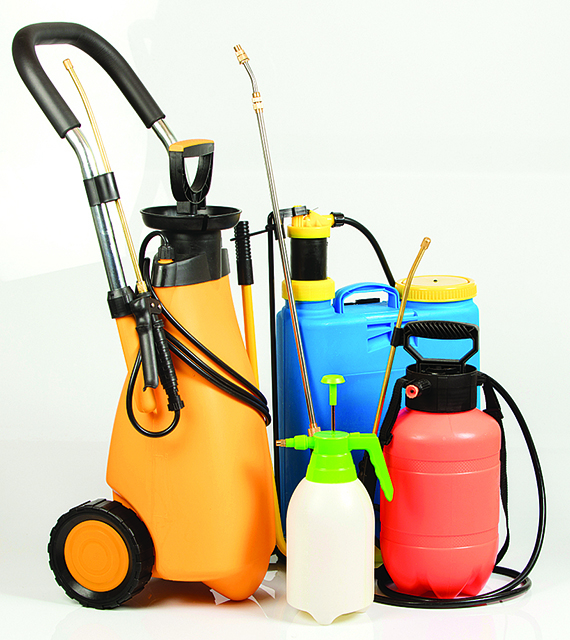
HIDE DANGEROUS CHEMICALS
Make sure to store gardening pesticides, herbicides, and fungicides out of your animal companion’s reach. You can also explore using soapy water, chili mixes, and neem oil instead of the aforementioned pesticides for your plants.
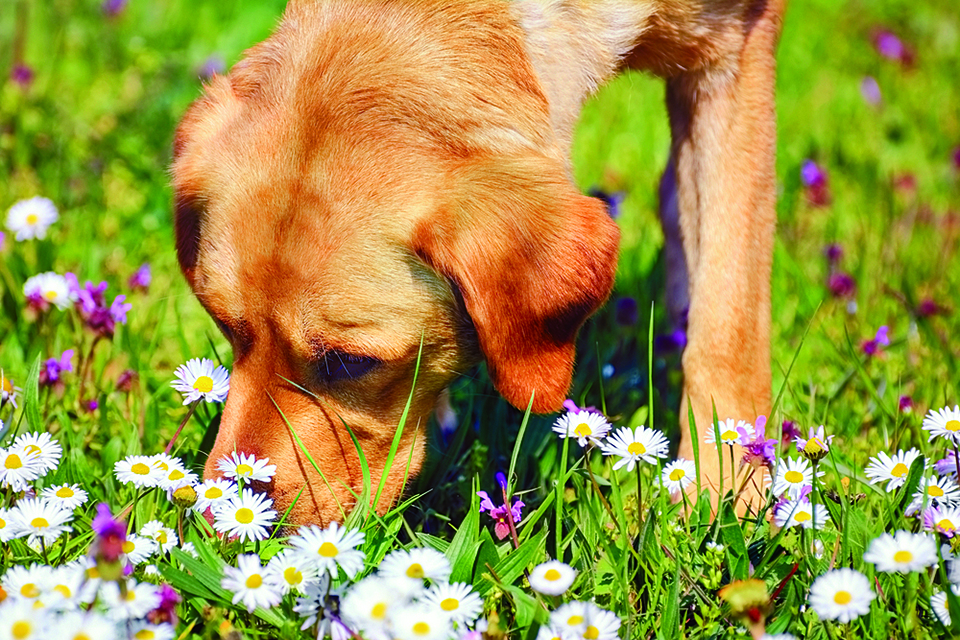
SCREEN TOXIC PLANTS
Some common houseplants can be poisonous to cats and dogs. When ingested, your fur-kids may get a variety of reactions, ranging from drooling and vomiting to organ failure needing an emergency vet visit, according to a 2020 article written by Juliette Steen for ABC News. It’s important to read up on what kinds of plants you have at home, but here are a few common houseplants that you may have that can be dangerous to your companion animals.

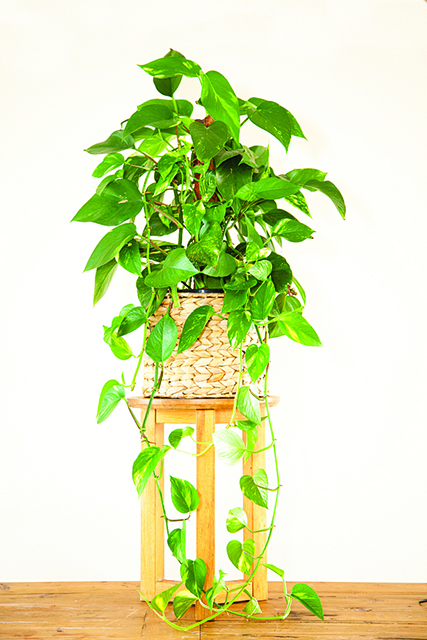

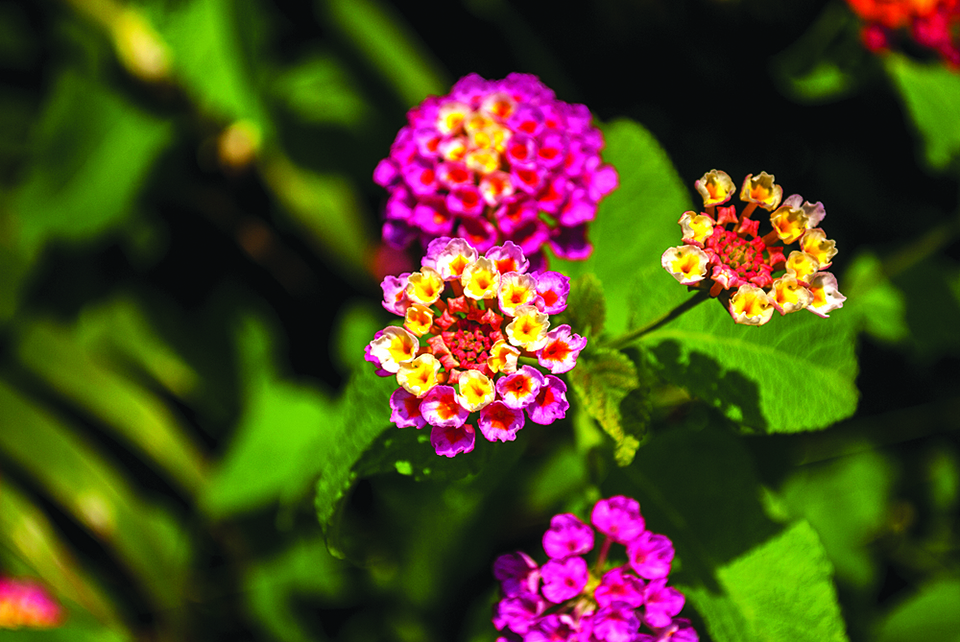
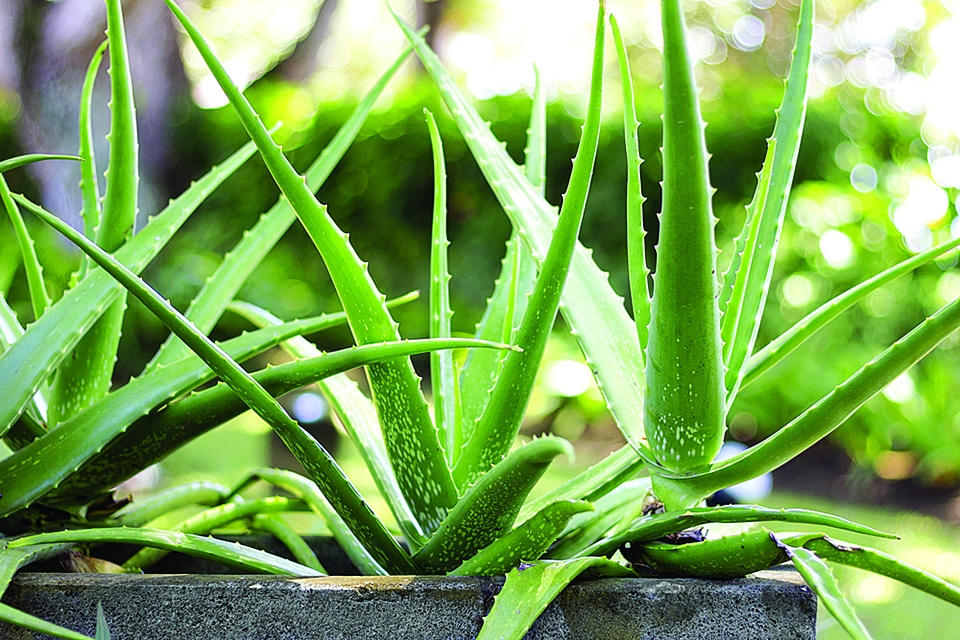
Don’t worry if you already have these at home. You can put them out of reach by raising them on pedestals or putting screens and barriers around them.
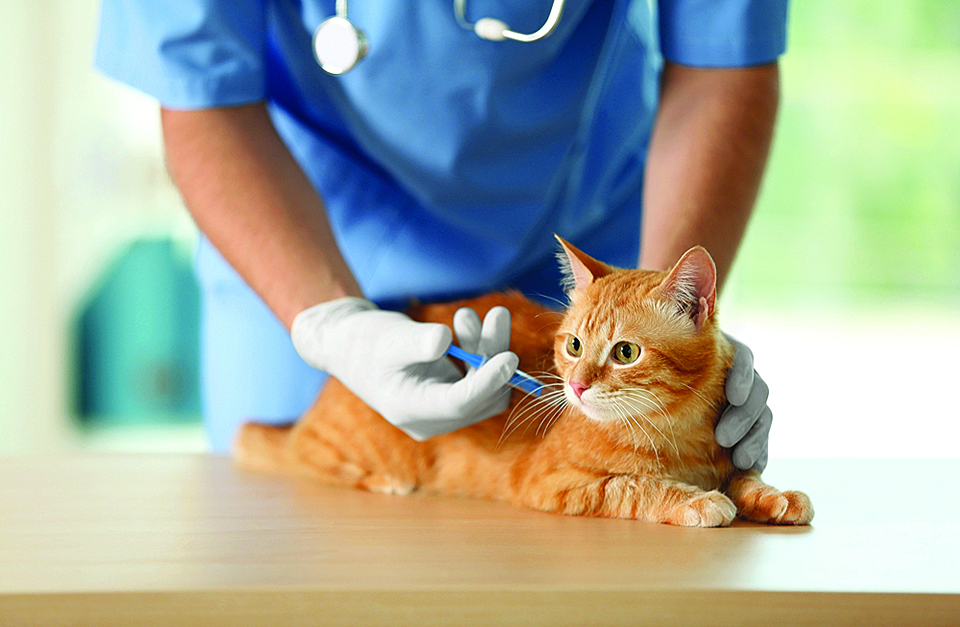
PROTECT FROM CRITTERS
Make sure your animal companion is updated with their vaccinations, deworming, and other regular parasite treatments, since they can pick these up during their time outdoors.
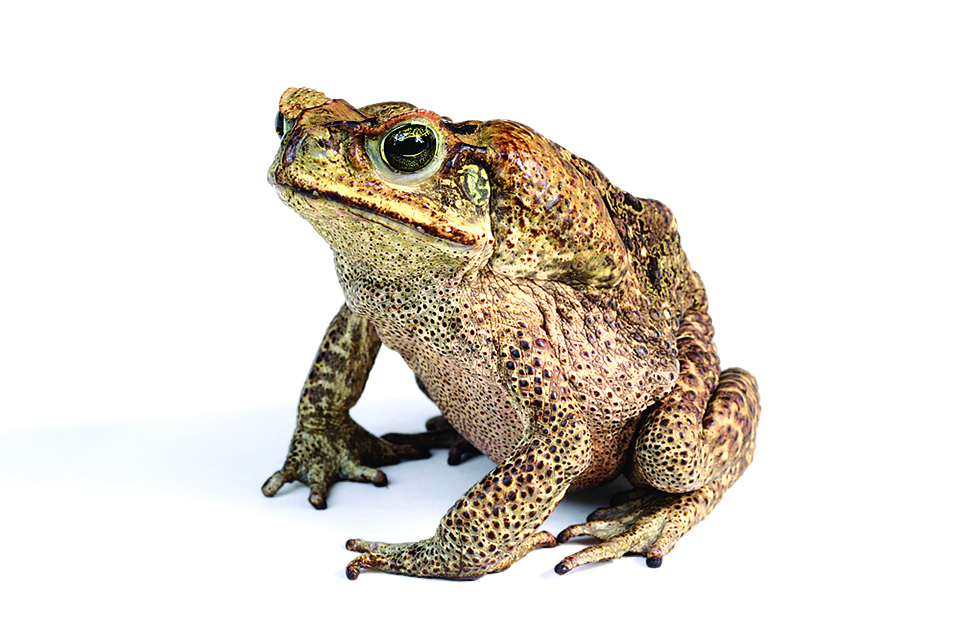
Some fur-kids may also try to play with frogs or toads napping in plant pots. This may seem cute, but the invasive Cane Toad (Rhinella marina) secretes a toxin if they feel threatened, according to a 2020 article written by Justin Jordan of Jordan Dog Training.
Learn how to recognize this toad and supervise playtime to make sure your animal companions don’t end up playing with them.
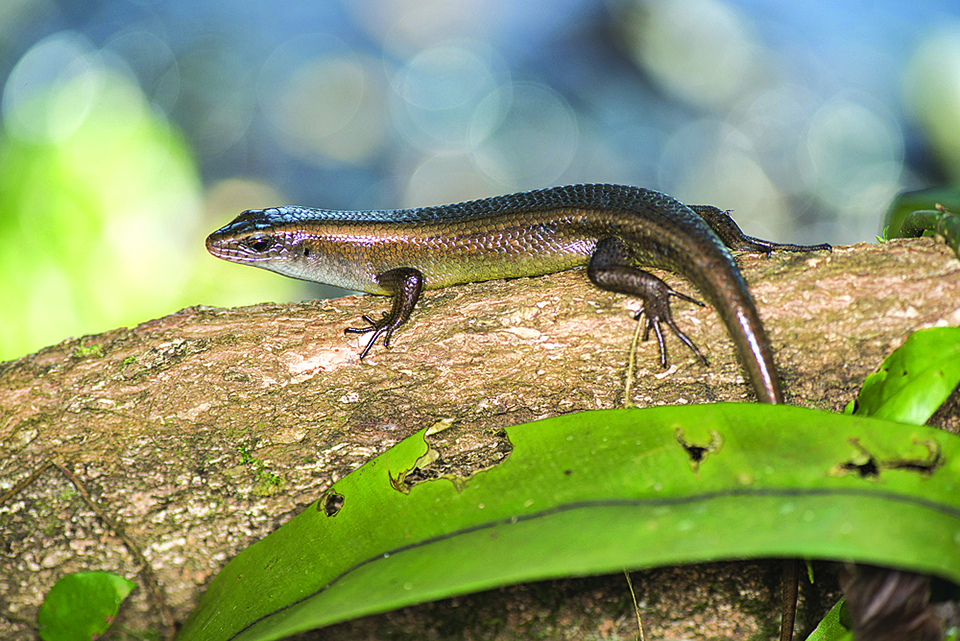
WATCH OVER YOUR WILD NEIGHBORSMAKE
Your backyard might already be home to several wild neighbors. If you’re in the city, these can be bubuli or sun skinks, various pollinators, spiders, and urban birds.It’s important to give these wild neighbors places to hide when your animal companion is allowed out and about. Good ways to do this includes planting native trees, keeping potted plants, and creating small hiding ledges with rocks.It may be a hard pill to swallow, but research shows that domestic cats are extremely dangerous to local wildlife, according to Timothy Beatley’s book titled.
The Bird-Friendly City: Creating Safe Urban Habitats published in 2020. It’s just in their nature. What we can do is be responsible fur-parents by making sure our cats don’t kill backyard inhabitants.
If you have cats, you can attach a bell to their collar and supervise their playtime. Attaching a colorful “clown collar” has also shown to prevent predation while giving your cat the freedom to explore outdoors, according to a 2021 article in the website Birds Be Safe.
You can also opt for a catio or cat patio (your dog may enjoy this, too!). A catio is an enclosed open-air part of your house that allows your cat to be partially outdoors. Tim Beatley, a researcher for bird friendly spaces, shares that catios are increasingly gaining popularity in cat owner groups who want to make sure their backyard wildlife is safe from their cat and that their cat is safe from hazards like cars and feral cats. A good catio has a view of the outdoors, your fur-kid’s favorite toys, accessible sunlight, and shade from hard rain.

MAKE THE GARDEN YOUR PLAYGROUND, TOO
Last but not the least, enjoy the outdoor time, too! Make space for some quality time with your companion animals in the garden. Try out your new homemade cat dancer or bring out your dog’s old tug toy from puppyhood.
Hanging out in nature with your fur kids is a sure way to help you stay mentally healthy and emotionally, so it’s a win-win!





